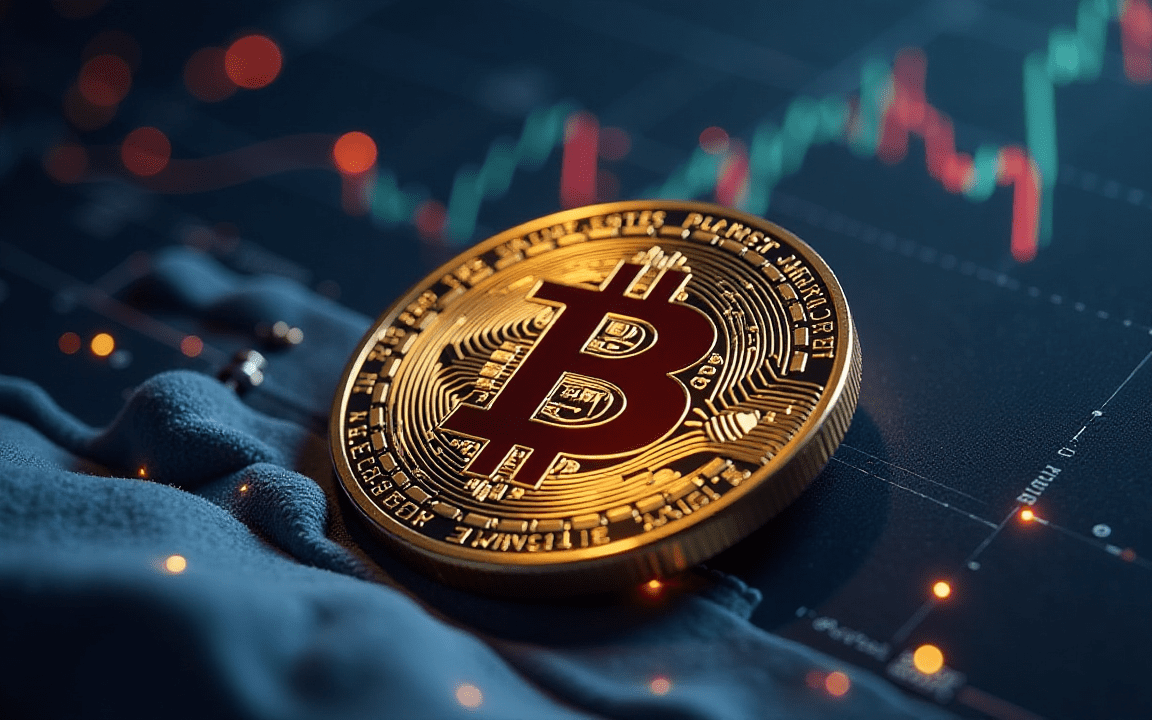Institutional Adoption of Bitcoin: Analyzing Current Trends
The conversation surrounding institutional investment in Bitcoin has gained momentum, with key figures offering new insights. Fund manager Jeff Dyment from Saphira Group argues that concerns about a decline in institutional demand are overstated and do not account for the larger trends at play.
Understanding Institutional Demand Dynamics
Many market observers focus on short-term price variations, which can obscure the broader picture of Bitcoin’s institutional adoption. Dyment believes that recent indications of waning demand fail to recognize a more complex landscape. He points out that while recent data shows a slowdown in ETF and corporate purchases, such as Michael Saylor’s firm acquiring only 16,000 BTC last month compared to 171,000 BTC in December, this should not be interpreted as a downward trend in interest.
Rather, Dyment frames these fluctuations as a “cyclical wave” intrinsic to the patterns of institutional engagement. “Institutional flows often come in waves rather than a steady linear increase,” he explains, suggesting that short-term pulls back are minor disturbances in a generally upward trend of institutional investment.
Rising Corporate Treasuries
To bolster his argument, Dyment highlights significant data from the first half of 2025: 51 new corporate Bitcoin treasuries were created, matching the total established from 2018 to 2022 combined. This statistic underscores a remarkable 375% year-over-year increase in corporate Bitcoin purchases.
Currently, publicly traded companies collectively own around 848,902 BTC, equating to roughly 4% of Bitcoin’s total supply. During the second quarter of 2025, these companies added an impressive 131,000 BTC to their balance sheets, emphasizing the continued interest from corporate investors.
The Impact of Bitcoin ETFs
Another critical aspect Dyment discusses is the rapid growth of spot Bitcoin ETFs, which serve as a clear indicator of increasing institutional interest. BlackRock’s IBIT fund, the world’s largest Bitcoin ETF, holds an extraordinary 699,000 BTC, reflecting over 3.3% of the total supply. Within just 18 months of their introduction, U.S. spot ETFs have accumulated around 1.25 million BTC, or about 6% of the entire supply, marking a structural shift in investment approaches to Bitcoin.
Whale Investors Prepare for Market Upside
Analysts at QCP Capital also underscore Dyment’s claims, noting that prominent “whale” investors are accumulating exposure to Bitcoin’s upside potential. Reports indicate significant purchases of September $130,000 BTC call options, along with positions in 115,000/140,000 call spreads. These actions suggest that large investors are betting on future price increases.
Despite low volatility levels, analysts observe that a decisive movement past the $110,000 resistance could trigger a significant shift in market behavior. While skeptics cite stagnant spot flows and a low volume of unconfirmed transactions as signs of market fatigue, Dyment posits these indicators merely skim the surface of a still-rising institutional tide.
Contextualizing Recent Price Movements
Dyment’s analysis unfolds within a fluctuating yet resilient Bitcoin price landscape, influenced by various factors in traditional markets. Here’s a snapshot of recent market activities:
Bitcoin: BTC experienced a 1.02% decline from July 6 to July 7, dipping to critical support levels around $107,519.64 before staging a recovery around $107,800. Data showed robust support clusters, indicating strong buying interest.
Ethereum: ETH rose by 1.67% amid tumultuous trading, maintaining solid support at $2,530 during market swings. The institutional inflow of over $1.1 billion contributed to this uptick, highlighting ongoing interest in digital assets.
Gold: Precious metals observed slight dips due to a stronger dollar, although safe-haven demand pushed prices up as central bank buying intensified.
S&P 500: Stock markets saw a downturn with President Trump’s announcement of new tariffs affecting imports from multiple countries, lowering the S&P 500 by 0.79%.
Nikkei 225: In Asia, markets responded positively despite tariff news, with Japan’s Nikkei 225 rising 0.36%, reflecting a divergence in market responses.
Understanding these dynamics provides critical context for evaluating institutional Bitcoin investments. As the market continues evolving, awareness and strategic positioning will play essential roles in navigating this complex landscape.
